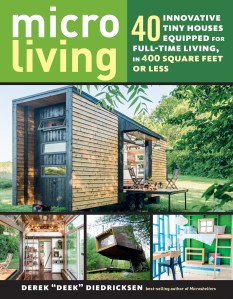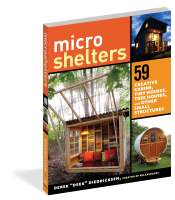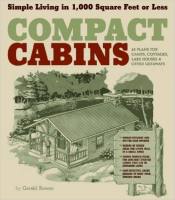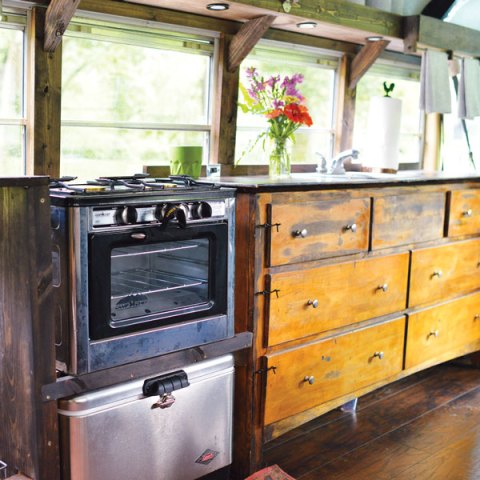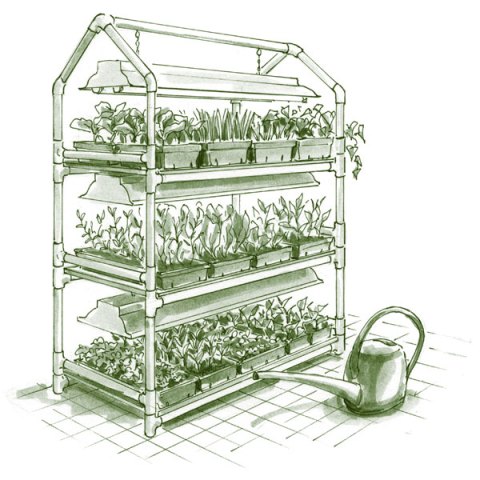Tiny House Tips: 14 Things to Consider Before Building
Tiny houses can be alluring to anyone striving toward greater simplicity. But consider the big picture, before starting down the path to living small.
So, you’re thinking about setting out to build your own tiny home or structure. Congrats!
“But how do I get started?” People email me with this question all the time, and rightfully so. I mean, who wants to blindly jump into the alligator-infested pit of peril when it comes to building or designing a structure for the very first (or even fiftieth) time? There are so many things that can go wrong, not to mention how long it can take and how much it can cost.
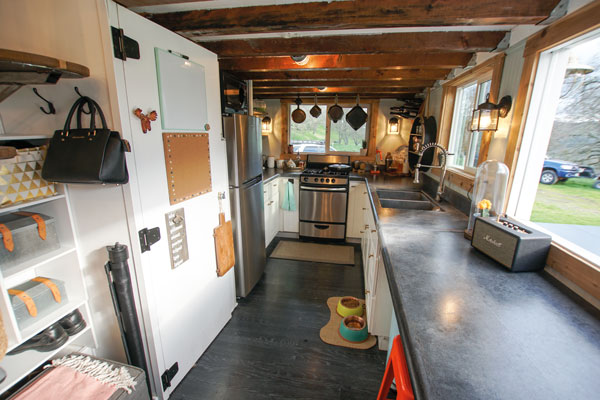
Unfortunately, there is no short answer to this question, and because I’d like to stay in the good graces of my wife, spend some time with my kids, and do the things I need to do for a living, I can’t always give a satisfactory response. So here’s a cheat sheet, of sorts, to help you feel a bit more ready for the jump ahead. After all, rushing into a project without thorough contemplation, daydreaming, and planning could be one of the more expensive mistakes you’ll ever make. Take your time. Do it right. It’s not a race.
Ready? Here’s a basic rundown, in no special order:
Know your site. In addition to finding out if your build will be allowed on whatever piece of property you’re dealing with, make sure you understand the natural and/or legal restrictions of your site. Are there any wetlands that you can’t build near? Are there seasonal washes or floods in the area? Where will the arc of the sun pass in relation to where you’ll position the build, and where do you want your windows to be (or not be) to take advantage of that? And so on . . .
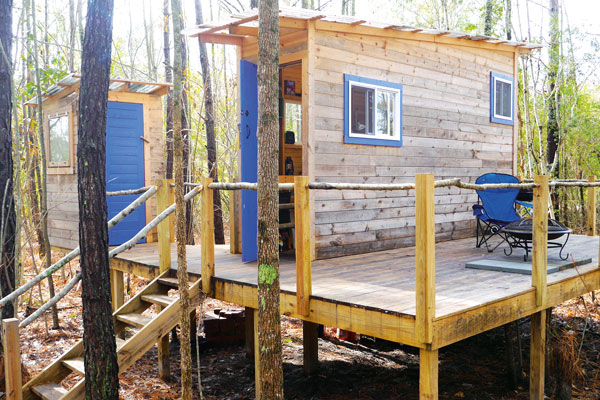
Downsize, starting now. If you’re transitioning to living in a tiny house full-time, you’ll want to start whittling down your possessions (that is, unless you want to keep everything and spend a fortune on storage). Downsizing isn’t an overnight endeavor. It’s personal, painstaking, and tough, and it will take you three times as long as you think it will.
Gather materials. If you plan on building with salvaged materials, start looking for and saving them now. You’ll need lots of time and patience because you will not find your ingredients overnight — I promise you. I will also add a warning that planning and harvesting too much too early results in the cumbersome chores of storing, keeping track of, and maintaining your goods. The ol’ pile with a tarp over it won’t stay tarped for long. It will also look awful in your yard and possibly annoy close neighbors.
Spread the word. Tell every soul who might care and who might be supportive of your endeavor. You’ll be surprised at how many people are excited to help, lend tools, or donate materials for your future home.
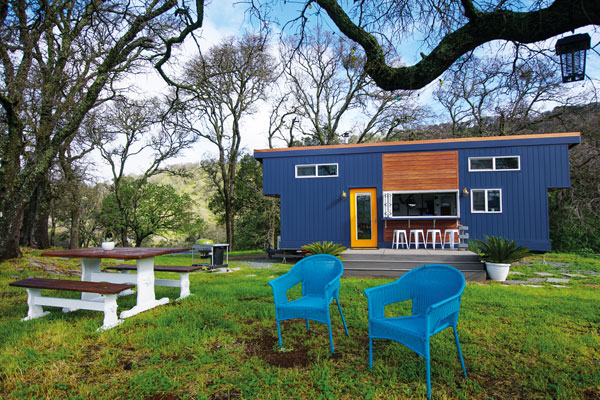
Research, absorb. Go online, read books, check out plans, and soak up all the ideas and inspiration you can before you set about nailing the first board. Take your time. Proper planning will help you get what you want, and get it with less waste and fewer mistakes.
Experience tiny. As part of your research, visit or spend a night in a tiny house rental (or as many as you can). There is no better way to get a sense of what might work and what might not than by actually being inside a tiny house (especially for people who aren’t very visual). Renting a place for a night or two (through Airbnb, for example) allows you to take your sweet time and look around at every aspect of the house. How does the space flow? What would you change? Does it feature enough storage for your needs? Take photos, too — your memory may not be as good as you think it is.
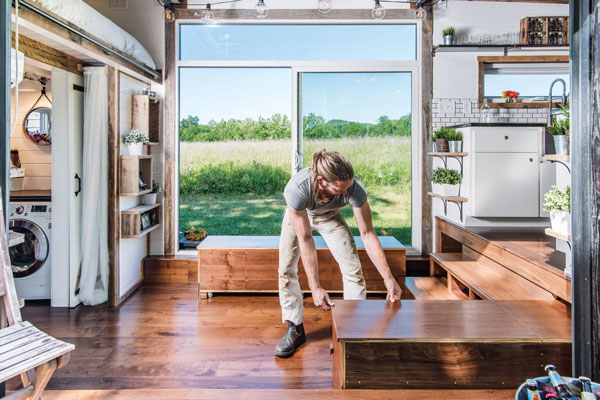
Identify your essentials. Figure out what you really need by way of appliances and, well, everything else. For example, knowing what you need to plug in (and where) will save you time, money, hassle, and heartache when creating an electrical plan and determining where to add outlets. This will also prevent the old nightmare of running 8 feet of extension cord across the room to plug in your toaster, which is not only unsightly but also possibly dangerous.
Learn about trailers. If you’re planning a wheeled build, acquire some basic knowledge on what to look for in a trailer. This is the very foundation of your home — the base that all of your time and money will rest upon. Make sure it’s the right one. If you’d like to buy a used trailer (which I recommend less and less these days), bring along someone well versed in trailers or metalworking to look it over. Make sure it’s safe and not going to cost you tenfold in the long run. There are a ton of blog articles, online discussion threads, and even sites on custom trailers for tiny houses — read as many of them as you can. This is the single most important purchase for your tiny house on wheels.
Take photos. Photograph everything you see that might inspire you or enhance your build. Pictures also can help you convey ideas to a builder, a hardware store employee, or a zoning board official, depending on the case. Plus, you’ll be keeping visual notes on what you like. Dig a color scheme, a certain DIY railing, the way stairs were built, or the loft-less layout of a tiny house you happen to see? Take a photo. You’re bound to forget the details if you don’t.
Consider a tiny house workshop. There are seven zillion of them, but I recommend those where you actually get to use tools and build something (there are only a few, mine being one of them). There is no quicker way to learn, network, and be inspired than by doing it firsthand alongside many tiny house designers and builders. Workshops are a place to work out your kinks, too, instead of making costly mistakes on your own home, on your own dime. And they’re a lot of fun! Do be sure to look for a host who has long running experience in not only building, but building small — it’s a very different ballgame in some respects.
Tape it out. Not sure what it would feel like to navigate an 8 × 24-foot house? Consider laying it out with masking tape in your driveway, a large hallway, or any other appropriate space you can find. You can then go a step further and tape out your interior walls, furniture, built-ins, and anything else you want to get a feel for.
Practice building. You should have at least some background and basic experience with construction. If you don’t own any tools, get a few of the essentials (carpentry hand tools, plus a circular saw and power drill-driver) and complete a small project or two before you dive headfirst into building a house. Construction isn’t rocket science, but it takes a steady hand, some skills, and patience, not to mention the right tools. Hop on a friend’s home improvement project, offer to help with someone else’s tiny house, or, heck, at least build a couple birdhouses and an Adirondack chair. Doing any of this will give you confidence and improve your chances of success with your much larger undertaking.
Ask for help. Tell yourself right now, “It’s okay to ask for help.” This is not the brag-a-thon some seem to make it out to be. You don’t have to do every single thing yourself. It’s perfectly all right, and often safer, to seek help. You won’t be a failure or less of an “official” tiny house scenester for doing so.

Pad the schedule. Plan on everything taking about three times as long as you think it will. It’s just the way it is. Materials run out, tools get lost, weather gets bad, help doesn’t show, you get sick . . . and it all adds up. This will take a long time. Don’t fool yourself into thinking it won’t.
All that being said, YOU CAN DO THIS. Those aren’t just words. Some of my closest friends are absolute idiots, yet they churn out gorgeous handiwork time and again because they acknowledge the rules, the preparation needed, and the possible perils of building a tiny house.
All together now: “I Can Do This!”
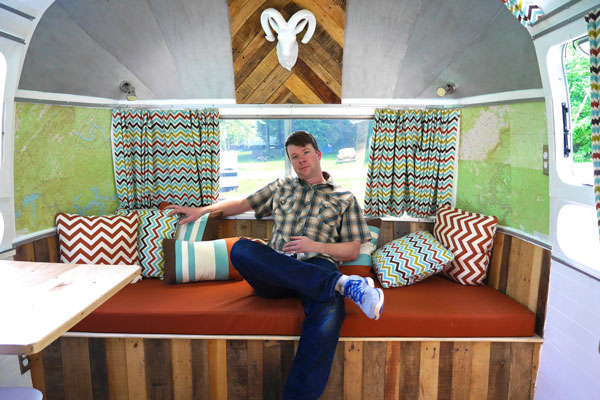
Excerpted and adapted from Micro Living © Derek Diedricksen.
Best-selling author and tiny house enthusiast Derek “Deek” Diedricksen profiles 40 tiny — but practical — houses that are equipped for full-time living, all in 400 square feet or less. Detailed photography and a floor plan for each structure highlight inventive space-saving design features along with the nuts-and-bolts details of heating, cooling, electric, and plumbing systems. The real-life stories of residents impart the pleasures, as well as the challenges, of day-to-day living. With tips on what to consider before you build, along with framing plans for a prototype small cabin, Micro Living is the perfect starter handbook for both dreamers and doers.
